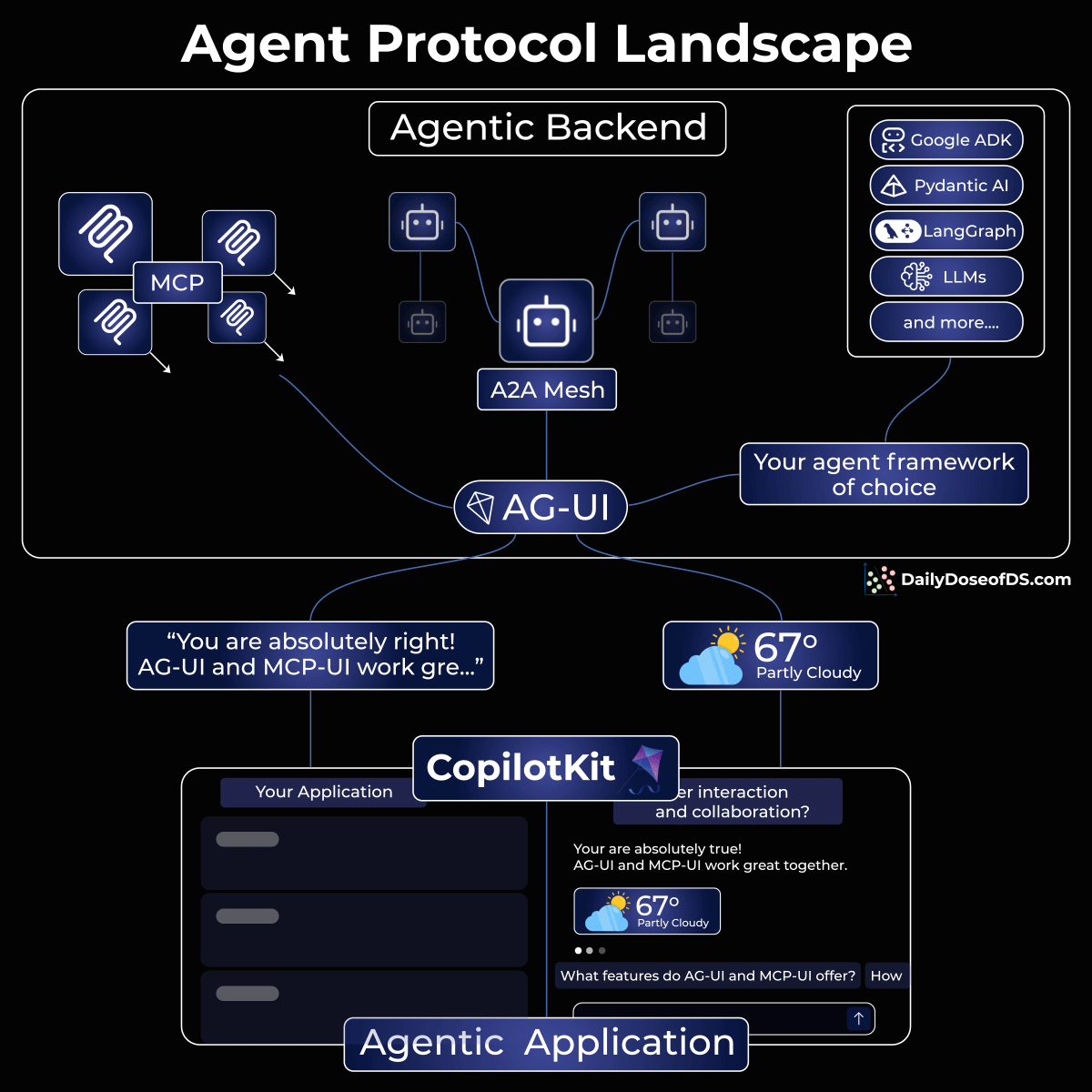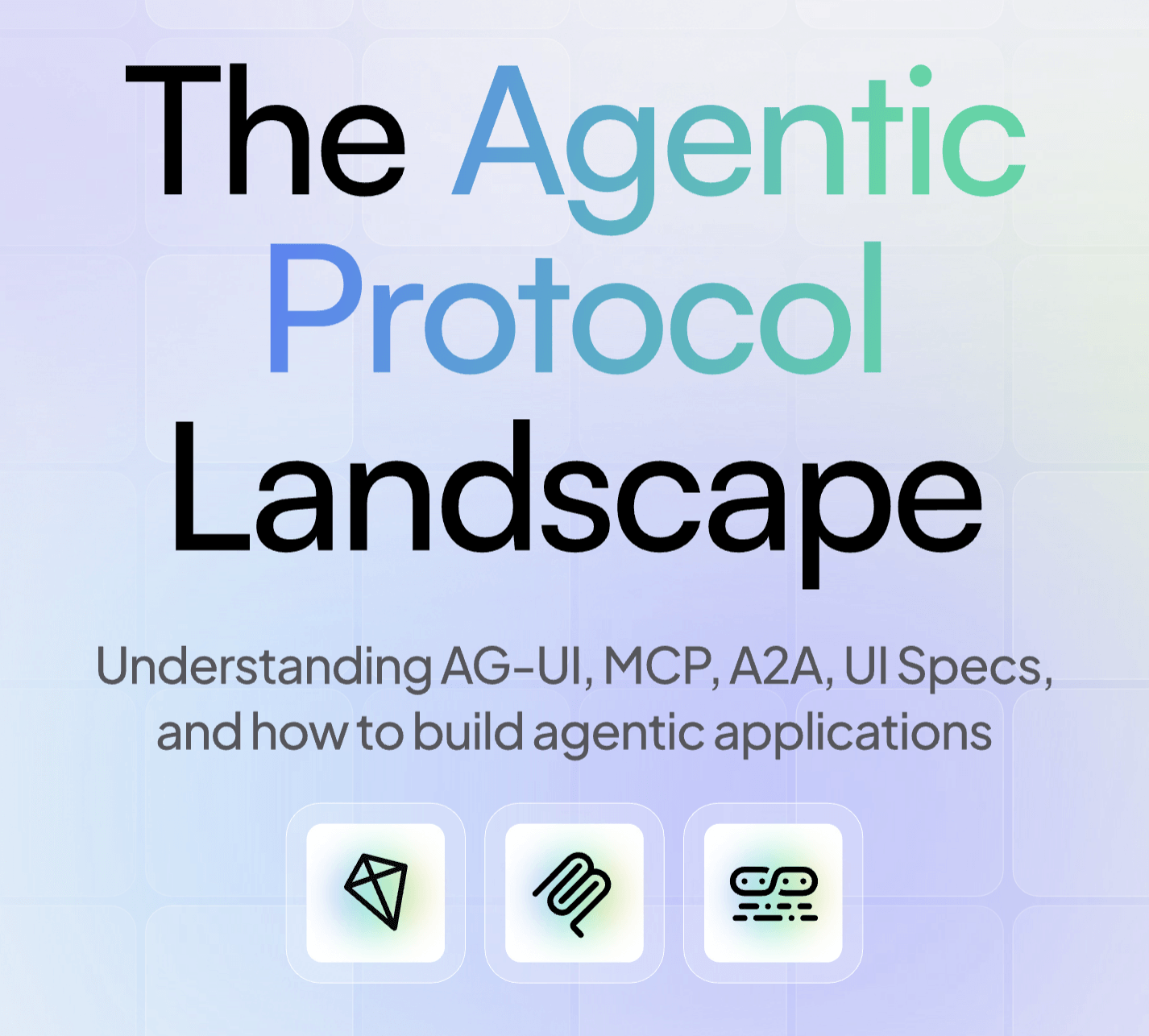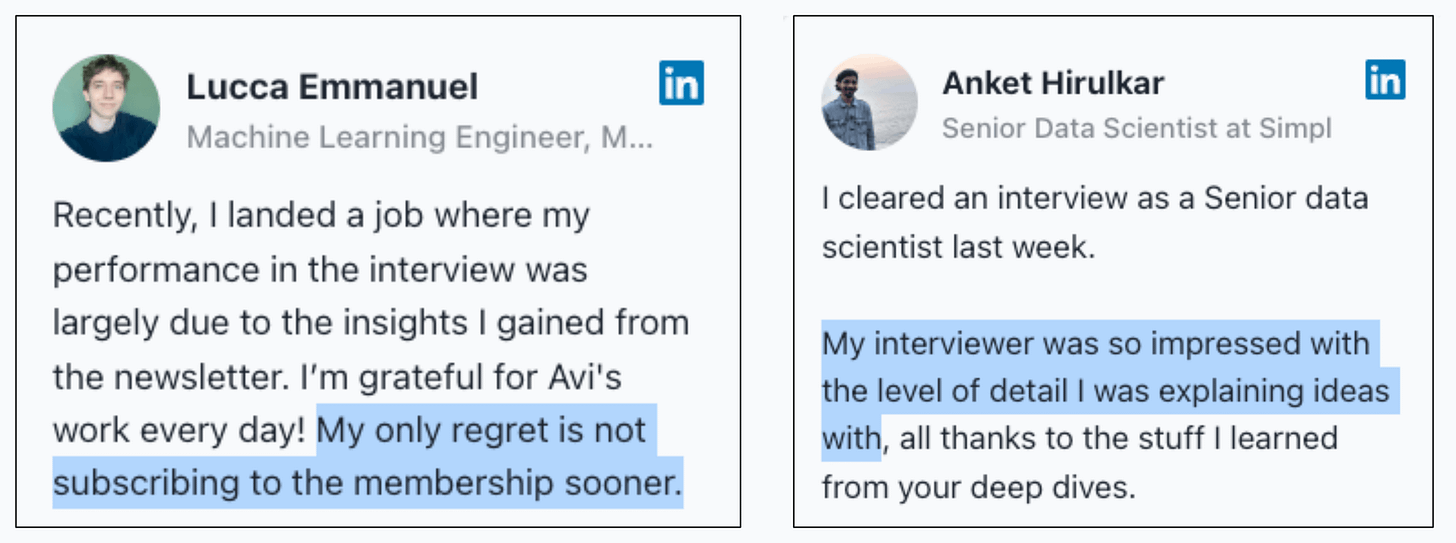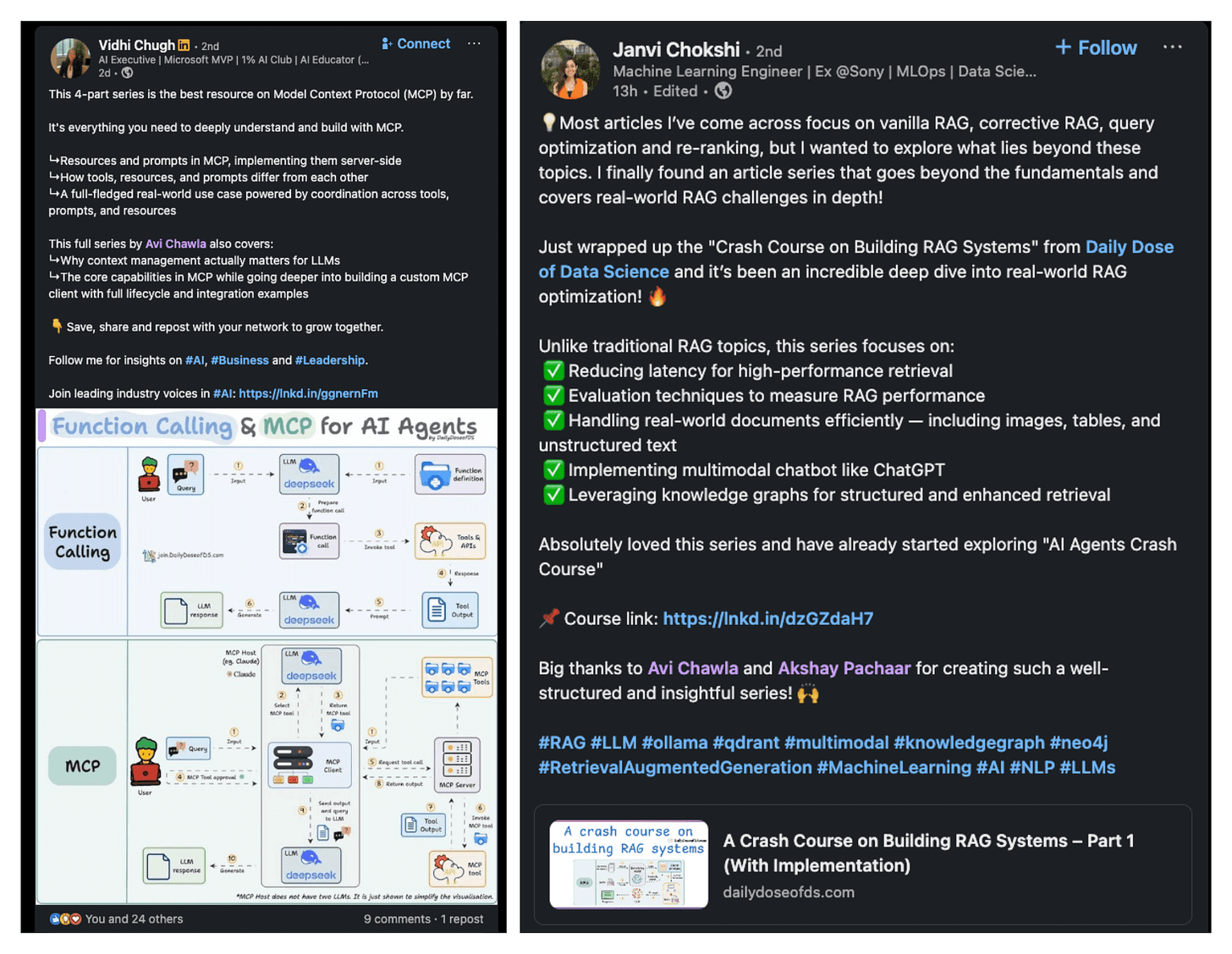Agent Protocol Landscape
Must-know for AI developers (explained visually).
Build Real-time Multilingual Voice Agents in minutes!
AssemblyAI’s industry-leading streaming STT now supports six languages in one unified model (English, Spanish, French, German, Italian, and Portuguese) with the same speed and accuracy it’s known for.
Delivers consistent accuracy across all languages with industry-leading WER.
Possesses sub-300ms latency (Deepgram is ~1.5x slower).
Offers one flat price for every language: $0.15/hr.
Handles code-switching seamlessly in real time.
Generates production-ready output with punctuation, capitalization, and endpointing built in.
Integrates instantly with LiveKit, Vapi, Pipecat, or your own WebSocket setup.
Try it live in the playground with code switching here →
Thanks to AssemblyAI for partnering today!
Agent Protocol Landscape
Something remarkable is happening in the AI industry right now.
We’ve spent months watching the agent ecosystem fragment into dozens of incompatible frameworks.
But finally, the industry is converging around three protocols that work together.
These are:
AG-UI (Agent-User Interaction):
The bi-directional connection between agentic backends and frontends.
This is how agents become truly interactive inside your apps, not just as chatbots, but collaborative co-workers.
MCP (Model Context Protocol):
The standard for how agents connect to tools, data, and workflows.
Started by Anthropic, now adopted everywhere.
A2A (Agent-to-Agent):
The protocol for multi-agent coordination.
How agents delegate tasks and share intent across systems.
These aren’t competing standards. They’re layers of the same stack.
AG-UI can handshake with both MCP and A2A, meaning tool outputs and multi-agent collaboration can flow seamlessly to your user interface.
Your frontend stays connected to the entire agent ecosystem through one unified protocol layer.
CopilotKit sits above all three as the Agentic Application Framework.
It acts as the practical layer that lets you actually build with these protocols without dealing with the complexity.
So you get all three protocols, generative UI support, and production-ready infrastructure in one framework.
The best part: All of this is 100% open-source!
It breaks down handshakes, misconceptions, and real examples and shows exactly how to start building.
👉 Over to you: Have you used AG-UI, A2A, and MCP yet?
Thanks for reading!
P.S. For those wanting to develop “Industry ML” expertise:
At the end of the day, all businesses care about impact. That’s it!
Can you reduce costs?
Drive revenue?
Can you scale ML models?
Predict trends before they happen?
We have discussed several other topics (with implementations) that align with such topics.
Here are some of them:
Learn everything about MCPs in this crash course with 9 parts →
Learn how to build Agentic systems in a crash course with 14 parts.
Learn how to build real-world RAG apps and evaluate and scale them in this crash course.
Learn sophisticated graph architectures and how to train them on graph data.
So many real-world NLP systems rely on pairwise context scoring. Learn scalable approaches here.
Learn how to run large models on small devices using Quantization techniques.
Learn how to generate prediction intervals or sets with strong statistical guarantees for increasing trust using Conformal Predictions.
Learn how to identify causal relationships and answer business questions using causal inference in this crash course.
Learn how to scale and implement ML model training in this practical guide.
Learn techniques to reliably test new models in production.
Learn how to build privacy-first ML systems using Federated Learning.
Learn 6 techniques with implementation to compress ML models.
All these resources will help you cultivate key skills that businesses and companies care about the most.







